John Bowers, Visionary of Sound
In the quaint town of Worthing, West Sussex, a story of a remarkable individual began to unfold, a story that would eventually redefine the world of audio technology. John Bowers, the founder of Bowers & Wilkins, was born into a world where technology was rapidly evolving, yet the true potential of audio was still untapped. Although he started in a modest environment, his journey was marked by curiosity and a passion for sound and electronics that would later define his career.
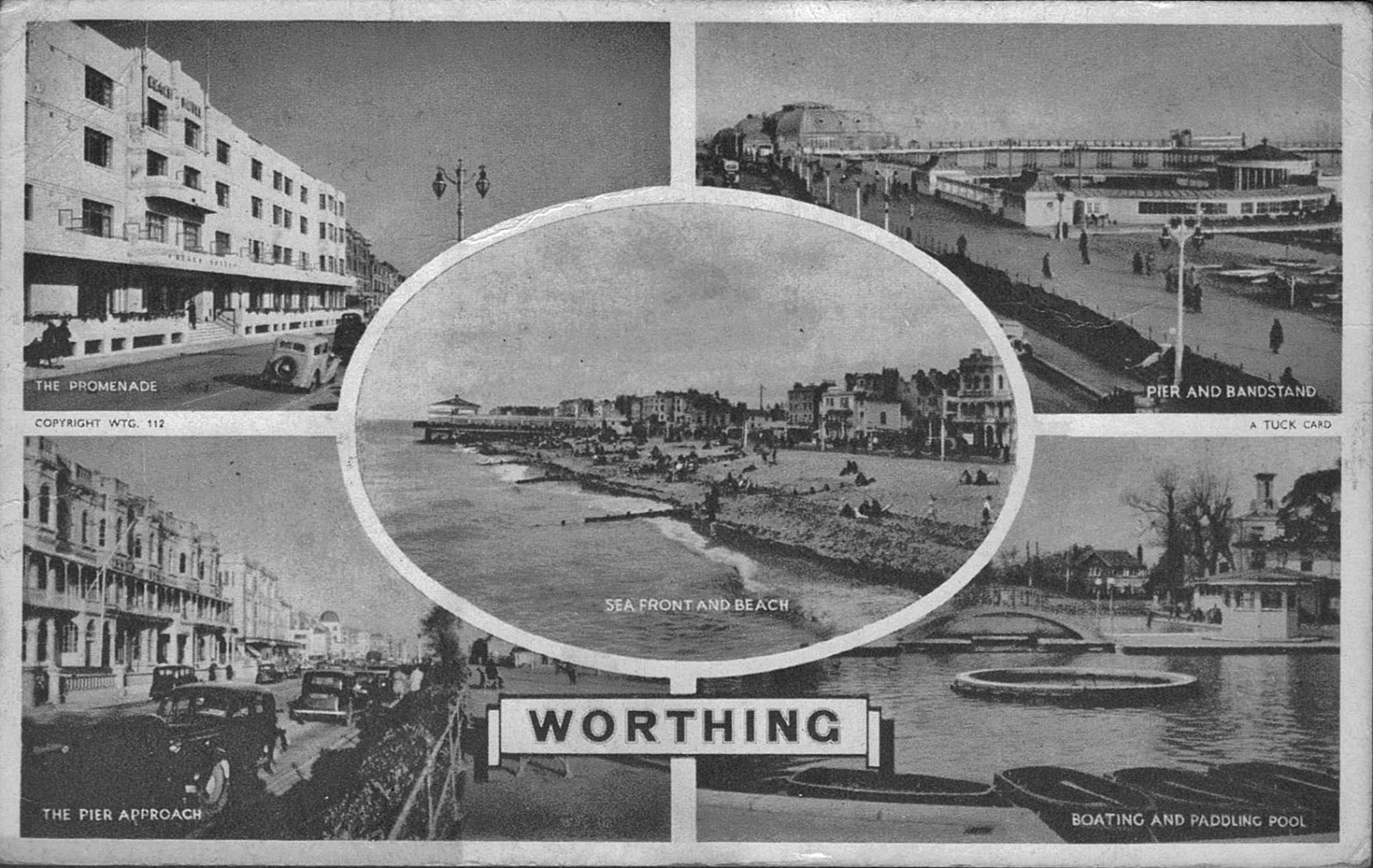
Education and Early Inspirations
In his college years, John Bowers embarked on an educational journey that was instrumental in shaping his future in audio technology. He attended Brighton Technical College, now a part of the University of Brighton, where he studied telecommunications engineering. This period was crucial in developing his deep understanding of electronics and engineering, a foundation that significantly influenced his later work in acoustics and sound technology. He was known among his peers for his meticulous approach to projects and his unyielding quest for perfection in sound reproduction.
The Crucible of War: John Bowers in the Royal Corps of Signals

World War II brought significant changes to the life of John Bowers. At the young age of 17, he joined the Royal Corps of Signals. His keen interest in radio technology quickly led to his recruitment into the Secret Intelligence Service, MI6, where he was stationed at Whaddon Hall, an offshoot of the famous Bletchley Park. His role involved maintaining clandestine radio contact with British agents in occupied Europe. This experience in the military honed his skills in operating and maintaining radio equipment, providing a deep understanding of audio transmission and reception, and highlighting the importance of clear and reliable communication.
During his service, Bowers was part of covert operations that demanded the setup of intricate communication networks under challenging conditions. These experiences instilled in him a deep appreciation for precision and reliability in audio equipment – qualities that would later become fundamental to his work in sound technology.
Post-War: A New Beginning in Sound
After the war, Bowers, enriched with knowledge and experience, returned to civilian life. He had witnessed firsthand how sound could be manipulated, transmitted, and received in a variety of conditions. This expertise, combined with his pre-war passion for audio, set the stage for his foray into the world of high-fidelity sound.
His journey began with the opening of a small shop in his hometown of Worthing, initially catering to the growing number of amateur radio enthusiasts. This venture soon evolved, reflecting Bowers’ dissatisfaction with the quality of commercially available loudspeakers, especially for classical music. His modifications of existing designs to meet his exacting standards in sound quality marked the beginning of a journey that would lead to the founding of Bowers & Wilkins, a company that would become synonymous with high-fidelity audio excellence.
The Genesis of Bowers & Wilkins – A Symphony of Innovation
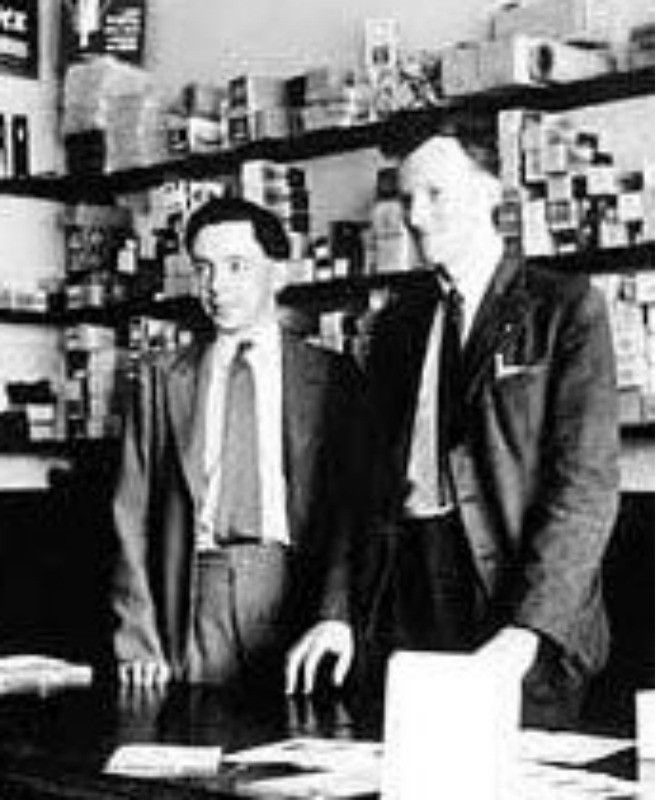
In the late 1960s, within the coastal serenity of Worthing, John Bowers established Bowers & Wilkins. The inception of the company was driven by a mutual goal: to transcend the confines of contemporary audio technology and create a listening experience like no other.
Embarking on this venture was not without its challenges. Bowers faced daunting obstacles: limited financial resources, a fiercely competitive market, and the complex task of transforming intricate audio theories into viable, marketable products. Undeterred, Bowers poured his personal savings, secured bank loans, and dedicated his relentless determination into the fledgling company. The workshop where Bowers & Wilkins was born was modest yet brimming with ambitious dreams and a steadfast commitment to perfection.
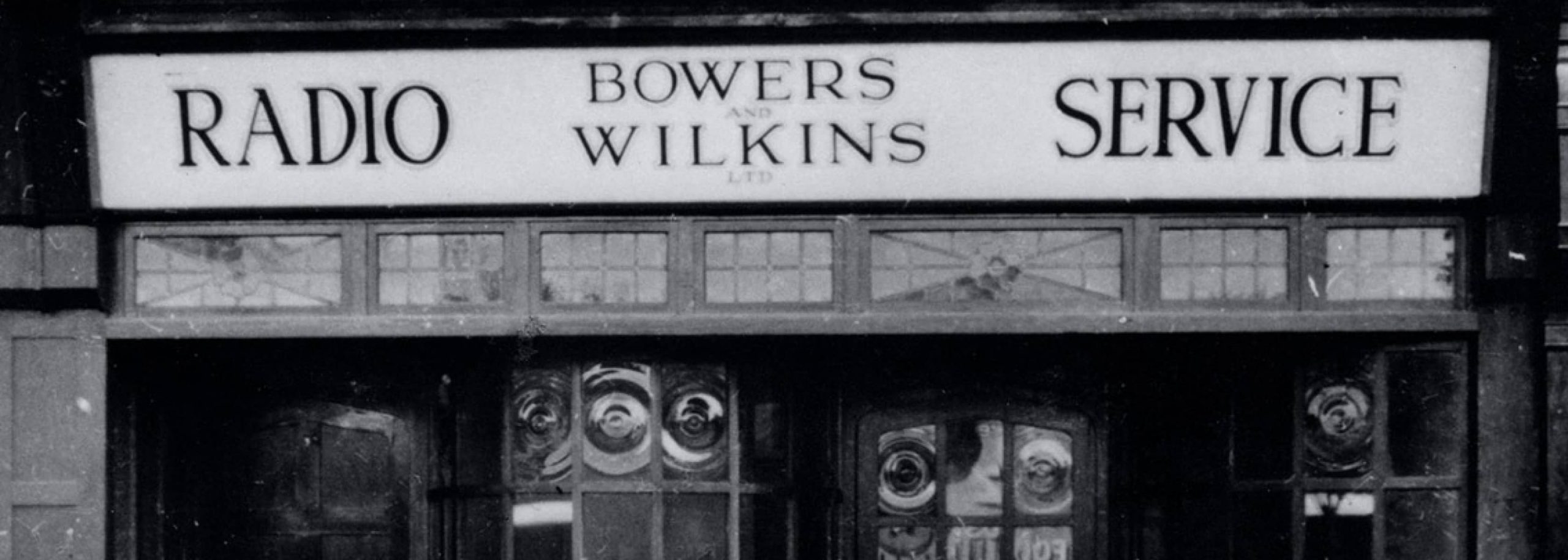
Breakthroughs and Innovations: Setting New Standards
The initial years of Bowers & Wilkins were marked by groundbreaking innovations that gradually carved the company’s reputation in the audio industry. Their first major breakthrough was the development of a loudspeaker that stood distinctively apart from existing market offerings. This groundbreaking loudspeaker featured an innovative tweeter design, providing a clarity and precision in treble sound that redefined audio standards.

Another remarkable innovation was their development of a unique cone material for midrange drivers. This new material, lighter and stiffer than those traditionally used, enhanced the accuracy and responsiveness of sound reproduction, exemplifying the company’s innovative spirit.
The P1 Loudspeaker: A Landmark Achievement
The P1 Loudspeaker emerged as an iconic early success for Bowers & Wilkins. It was a physical embodiment of their ‘no-compromise’ philosophy on audio quality. The P1, with its state-of-the-art design and incorporation of the company’s proprietary technologies, swiftly garnered acclaim among audiophiles and set a precedent for future products.
The P1 was more than just a product; it was a proclamation of Bowers & Wilkins’ dedication to pushing the frontiers of audio technology. It symbolized a fusion of meticulous engineering, avant-garde design, and an unwavering commitment to audio excellence.
The Crescendo of Success – Bowers & Wilkins from 1970s to 1990s
In the dawn of the 1970s, a pivotal era for Bowers & Wilkins unfolded under the combined vision of its founders. This period marked a significant phase of growth and transformative innovation, setting the stage for the company’s ascent as a beacon in the high-fidelity audio industry.
Revolutionizing Sound: Breakthrough Technologies
This period witnessed the birth of groundbreaking technologies that redefined audio excellence. A notable milestone was the creation of the Nautilus tweeter. Its innovative tapered tube design dramatically minimized sound resonance and distortion, introducing an unprecedented level of sound clarity. This technological marvel became emblematic of Bowers & Wilkins’ relentless pursuit of acoustic perfection.
Simultaneously, the company introduced the Matrix cabinet. This revolutionary internal bracing system, a radical departure from traditional speaker cabinet construction, significantly reduced cabinet resonance and coloration. The Matrix design reimagined speaker performance, ensuring a sound fidelity that remained true to the original recording’s intent.
A Decade of Iconic Speaker Models: DM70, DM6, DM7, and 801
This period saw the introduction of several iconic speaker models that further cemented Bowers & Wilkins’ reputation in the industry:
- DM70: The DM70 was a revolutionary model that combined a 30cm bass driver in its own enclosure with a multi-element curved electrostatic panel for the midrange and treble. This design was a bold move away from conventional speaker design, showcasing Bowers & Wilkins’ willingness to explore new territories in sound reproduction.
- DM6: Known affectionately as the ‘Pregnant Penguin’ due to its unique design, the DM6 was a popular model that stood out both aesthetically and acoustically. It was the first to utilize the Aramid Fibre woven midrange cone, a material that would become a staple in Bowers & Wilkins designs for its performance in reducing sound distortion.
- DM7: The DM7 was a continuation of the company’s innovative streak. It featured a tweeter separate from the main speaker cabinet, a design choice that improved sound dispersion and clarity. This model further demonstrated the company’s commitment to improving every aspect of the listening experience.
- 801: Perhaps the most ambitious and defining product of this era was the 801 model. Rapidly adopted as the reference monitor by some of the world’s most prestigious recording studios, including Abbey Road and Skywalker Sound, the 801 set a new standard for professional audio quality. Its adoption by major studios was a testament to its unparalleled sound reproduction capabilities.
Global Expansion: Widening the Acoustic Footprint
The 1970s and 1980s were a dynamic and expansive period for Bowers & Wilkins, marked by a strategic shift from a national powerhouse to a global audio giant. This transition was executed with precision and foresight, ensuring that the brand’s core ethos of quality and excellence was not just maintained but amplified on the world stage.
A key aspect of this global expansion was establishing strong relationships with distributors and retailers who shared the company’s vision for high-quality audio. Bowers & Wilkins meticulously selected partners who could understand and communicate the brand’s values and the technical prowess of its products. These partnerships were more than business transactions; they were alliances that helped embed Bowers & Wilkins in diverse markets.
Participation in international audio shows and exhibitions was a major pillar of the company’s expansion strategy. These events served as stages where Bowers & Wilkins could showcase the fruits of their innovation – from the revolutionary Nautilus tweeter to the acclaimed 801 model – to a global audience. These exhibitions were not only platforms for showcasing products but also opportunities for the company’s engineers and designers to interact with the global audio community, gaining insights and feedback that would fuel future innovations.
Through these shows and the growing network of retailers and distributors, Bowers & Wilkins cultivated a global community of audiophiles and enthusiasts. This community was bonded by a shared passion for high-quality sound and the appreciation of the craftsmanship that Bowers & Wilkins brought to its products. The brand became a symbol of audio excellence, revered by customers who sought the best in sound technology.
By the end of the 1980s, Bowers & Wilkins had transformed from a British success story into a global audio brand. This expansion brought about a significant increase in the company’s global market share and solidified its position as a leader in the high-fidelity audio industry. The company’s success abroad also fed back into its research and development, inspiring a continuous cycle of innovation that would propel Bowers & Wilkins into the next century.
The Steyning Research Establishment
The Steyning Research Establishment is a pivotal part of Bowers & Wilkins’ history and innovation trajectory. Established in 1981 in Steyning, West Sussex, not far from the company’s original home in Worthing, this facility became the hub of Bowers & Wilkins’ research and development efforts.
The Steyning Research Establishment was founded by John Bowers, who understood the importance of continuous innovation in maintaining the company’s leadership in high-fidelity audio technology. Bowers’ vision was to create a dedicated space where the brightest minds in acoustics and engineering could collaborate, experiment, and push the boundaries of audio technology.
At the Steyning Research Establishment, several of Bowers & Wilkins’ most significant technological breakthroughs were developed. This includes advanced materials for speaker components, innovative design techniques, and the exploration of new acoustic technologies. One of the most notable innovations developed at Steyning is the Continuum cone, a revolutionary speaker diaphragm material that significantly improved audio transparency and reduced unwanted sound coloration.
The facility played a crucial role in the development of many iconic Bowers & Wilkins products. Researchers and engineers at Steyning were instrumental in refining the technologies that went into products like the Nautilus speaker, the Diamond tweeter, and the 800 Series Diamond range, among others. These products have been celebrated for setting new standards in sound quality and speaker design.
The Steyning Research Establishment also became a place for collaboration with universities, technological institutes, and other companies, fostering a culture of shared knowledge and innovation. The research conducted at Steyning has not only benefited Bowers & Wilkins but has also contributed significantly to the broader field of audio engineering and acoustics.
Cementing Industry Leadership
Following the passing of John Bowers in 1987, Bowers & Wilkins has steadfastly continued their legacy of innovation and excellence. The company has persistently pushed the envelope in sound technology, leading the way with advancements such as state-of-the-art wireless speakers and cutting-edge noise-cancellation headphone technology.
By the 1990s, Bowers & Wilkins had firmly established itself as a luminary in high-fidelity audio. A hallmark of their industry dominance was the widespread adoption of Bowers & Wilkins speakers in some of the world’s most esteemed recording studios. Their products, known for unmatched sound reproduction, became the preferred choice for music professionals globally who sought the epitome of audio fidelity.
Their journey during these decades was not just about technological advancements but also about setting new standards in the audio industry. Their contributions during this period reshaped how sound was experienced and appreciated, leaving an indelible mark on the world of high-fidelity audio. As Bowers & Wilkins moved towards the new millennium, their legacy stood as a testament to innovation, quality, and the relentless pursuit of perfection in sound.
The Enduring Legacy of John Bowers
Reflecting on the enduring influence of John Bowers, we see the transformative impact of passion and innovation in the audio world. His journey from a modest workshop in Worthing to becoming a globally recognized emblem of audio excellence is a narrative of vision, dedication, and hard work.
His legacy endures not only through the products he envisioned but also through the inspiration he continues to provide. He showed the world that striving for perfection in sound is a never-ending journey of innovation and refinement. Though John Bowers is no longer with us, his symphony of innovation and excellence continues to play on, a lasting homage to his remarkable contributions to the world of high-fidelity audio.
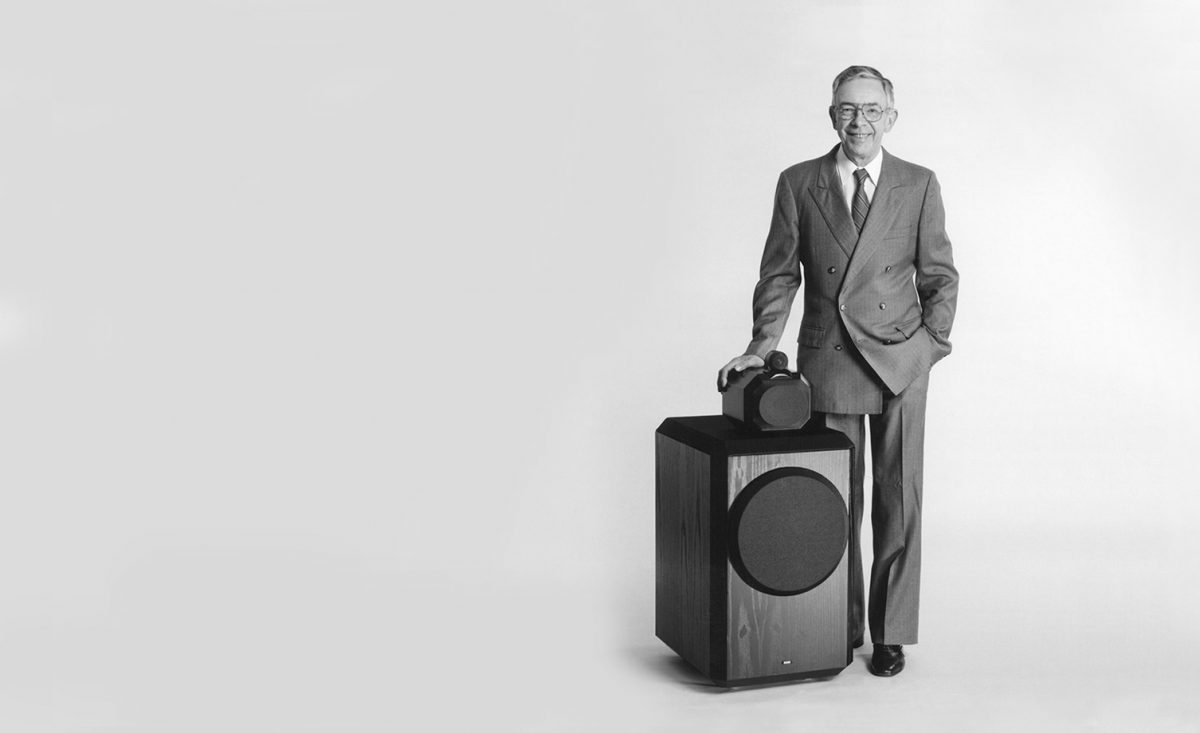


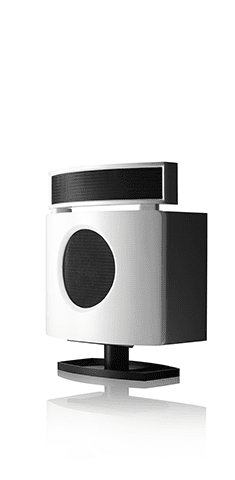
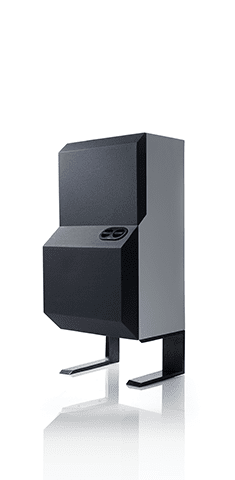
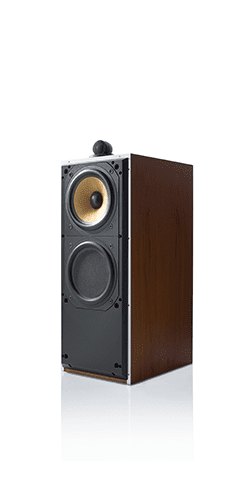
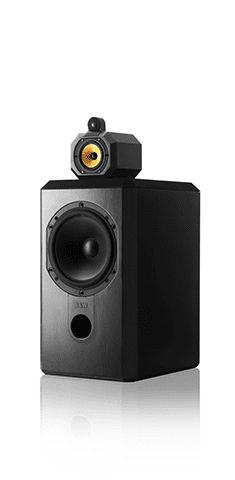
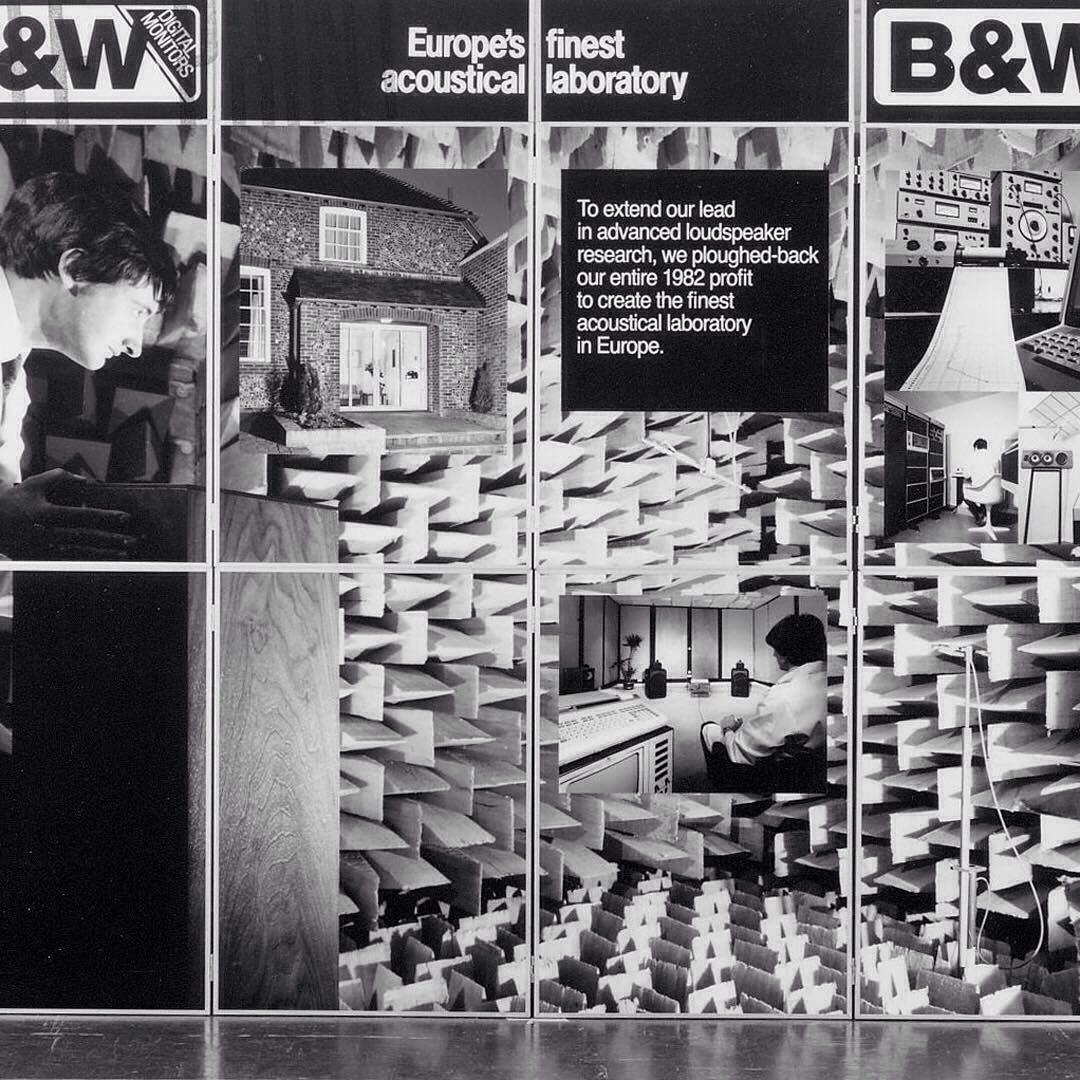
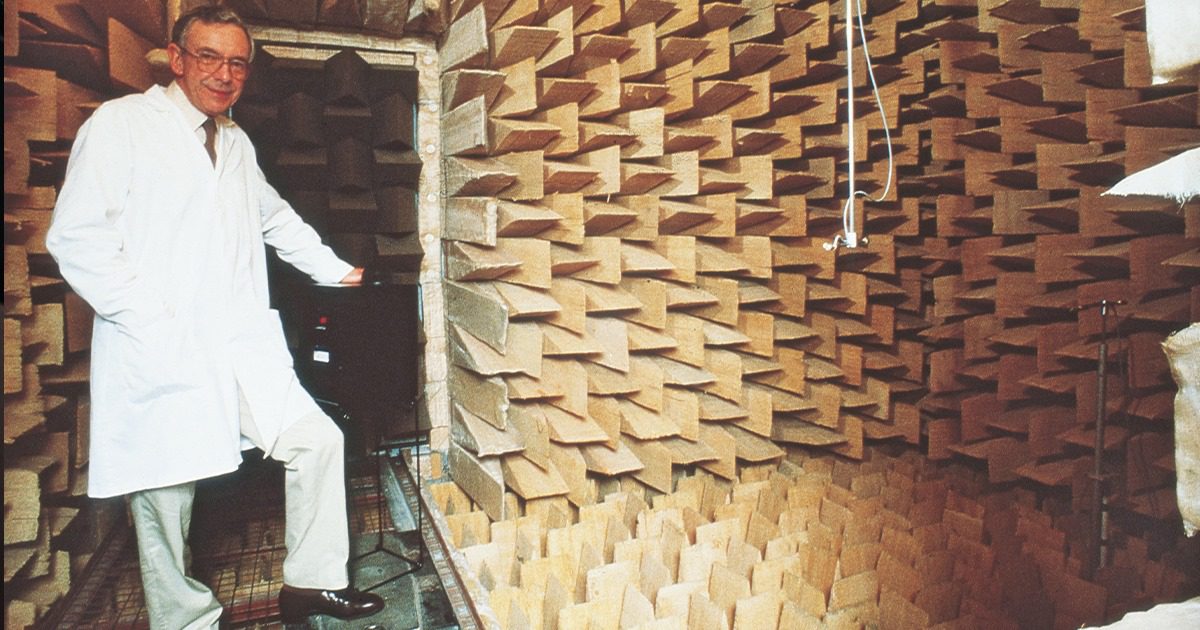
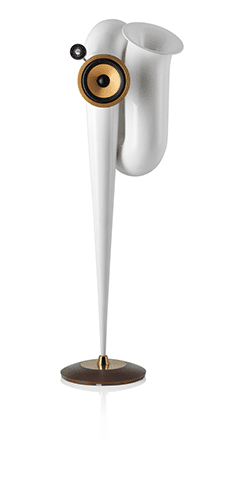
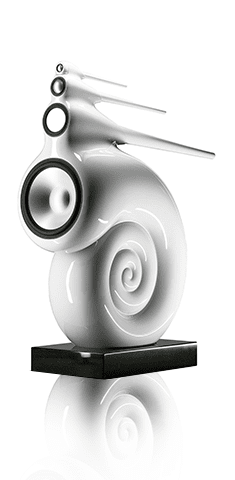
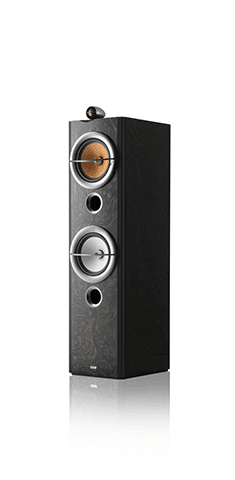
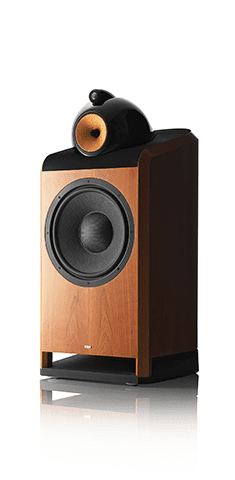
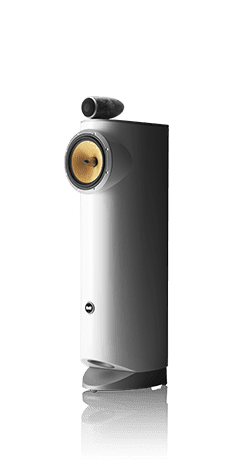
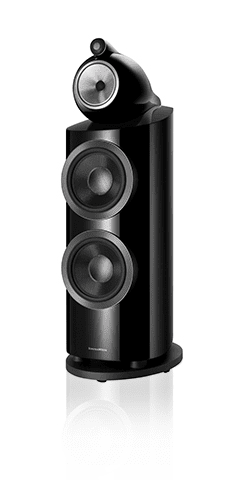

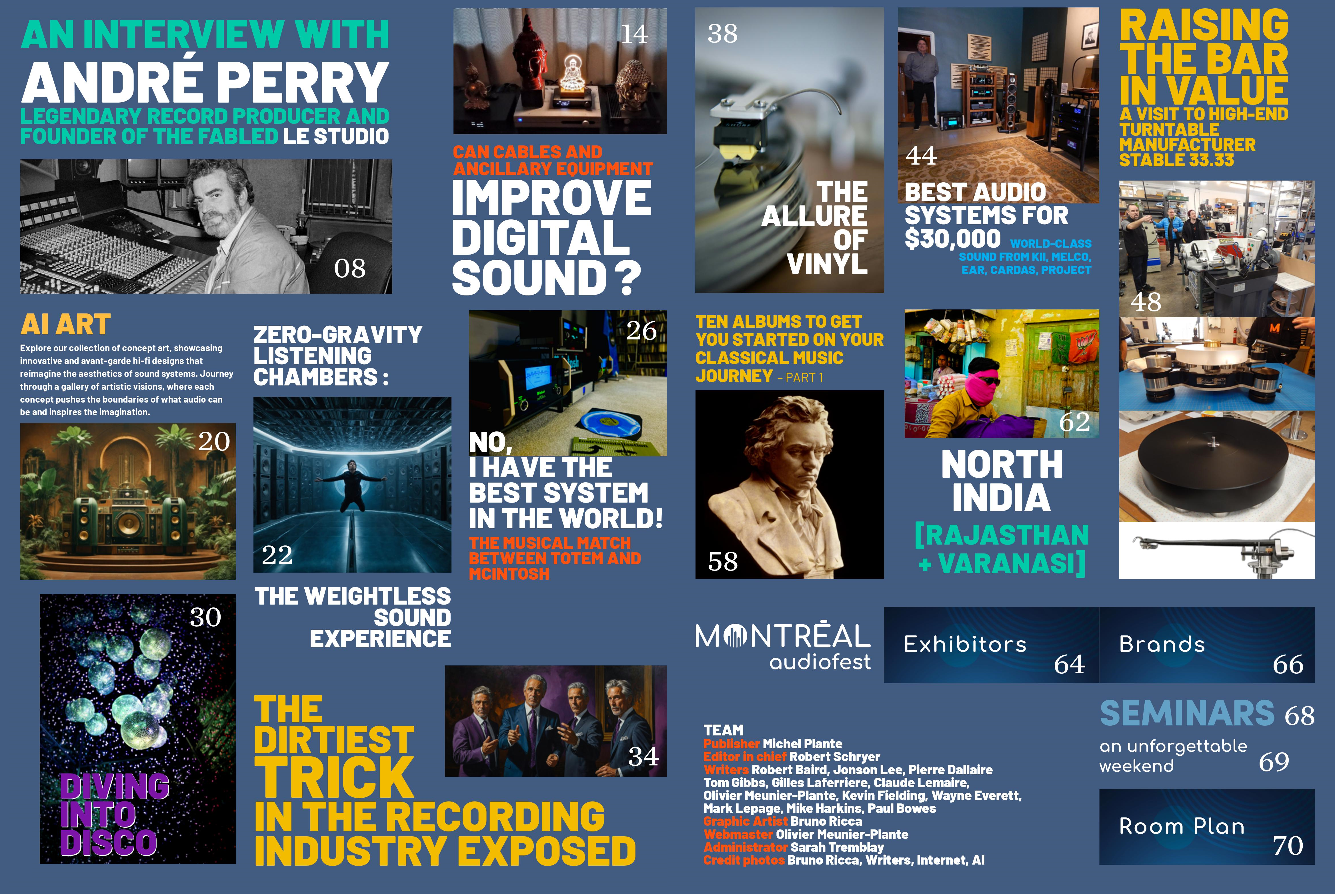
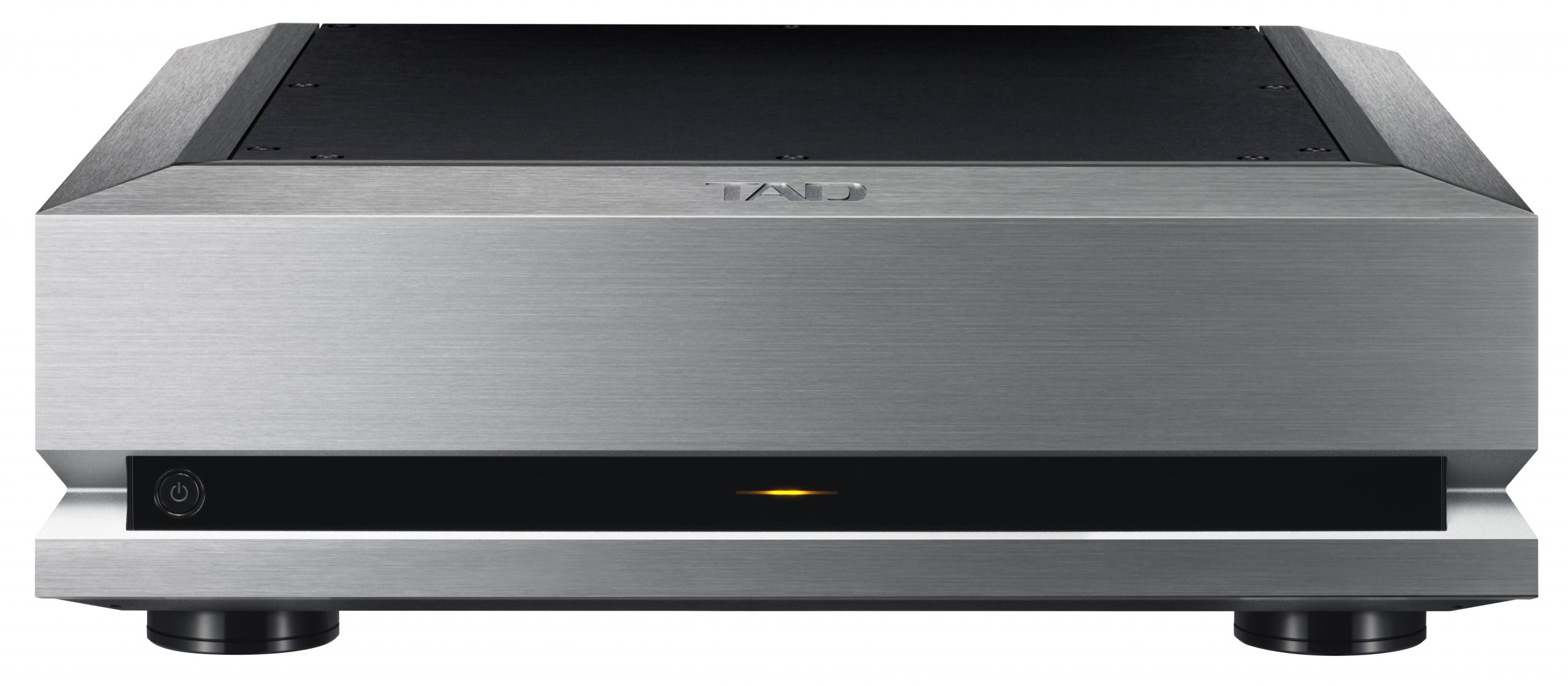

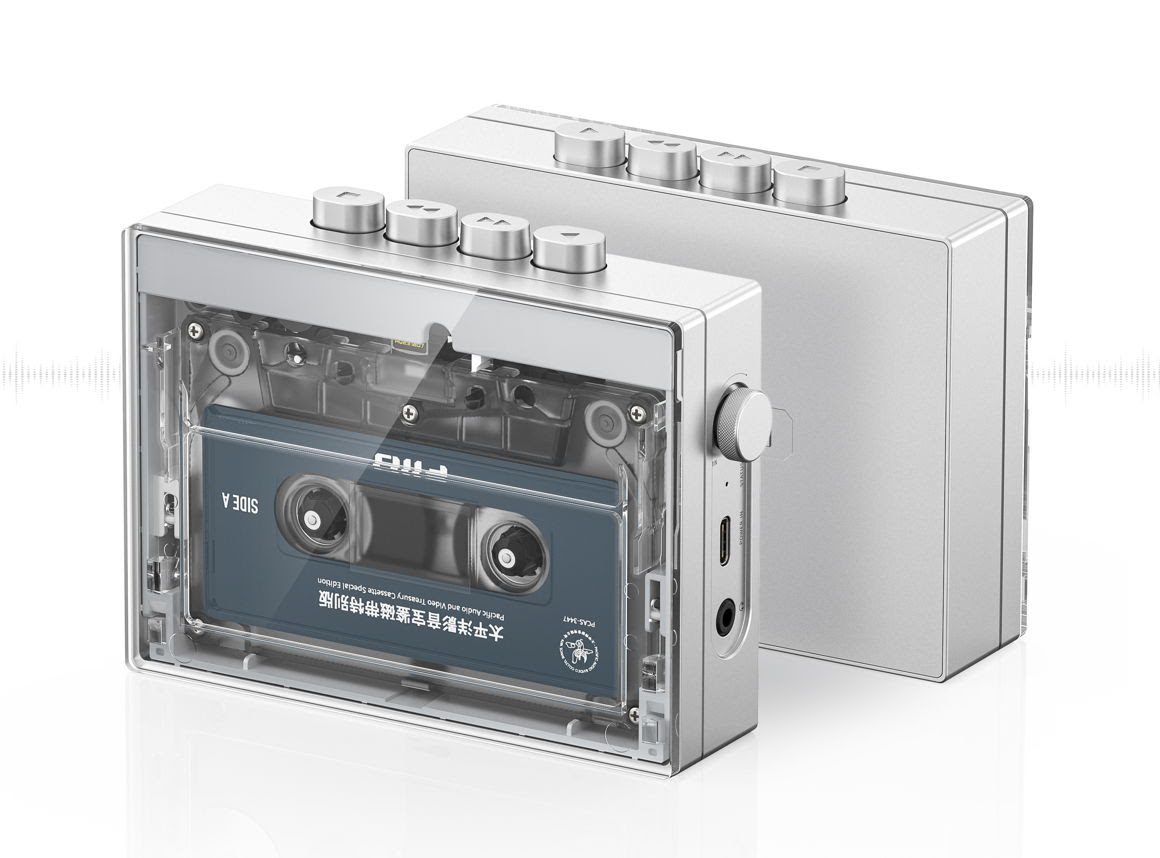
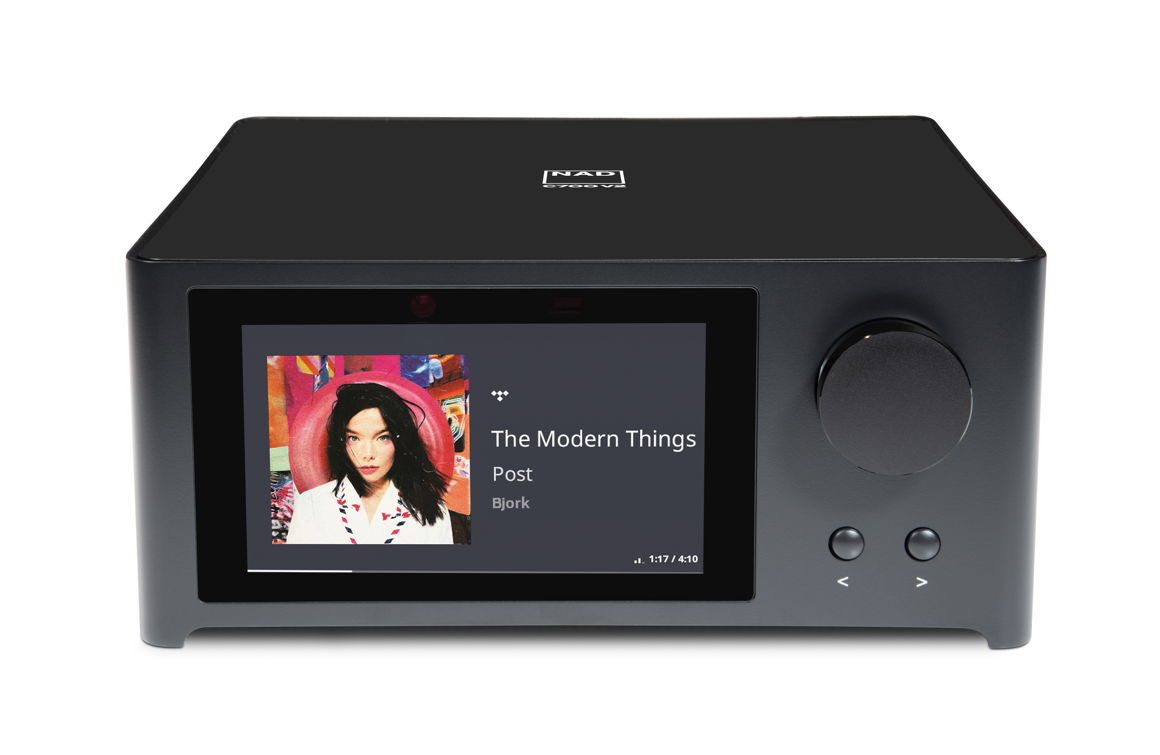




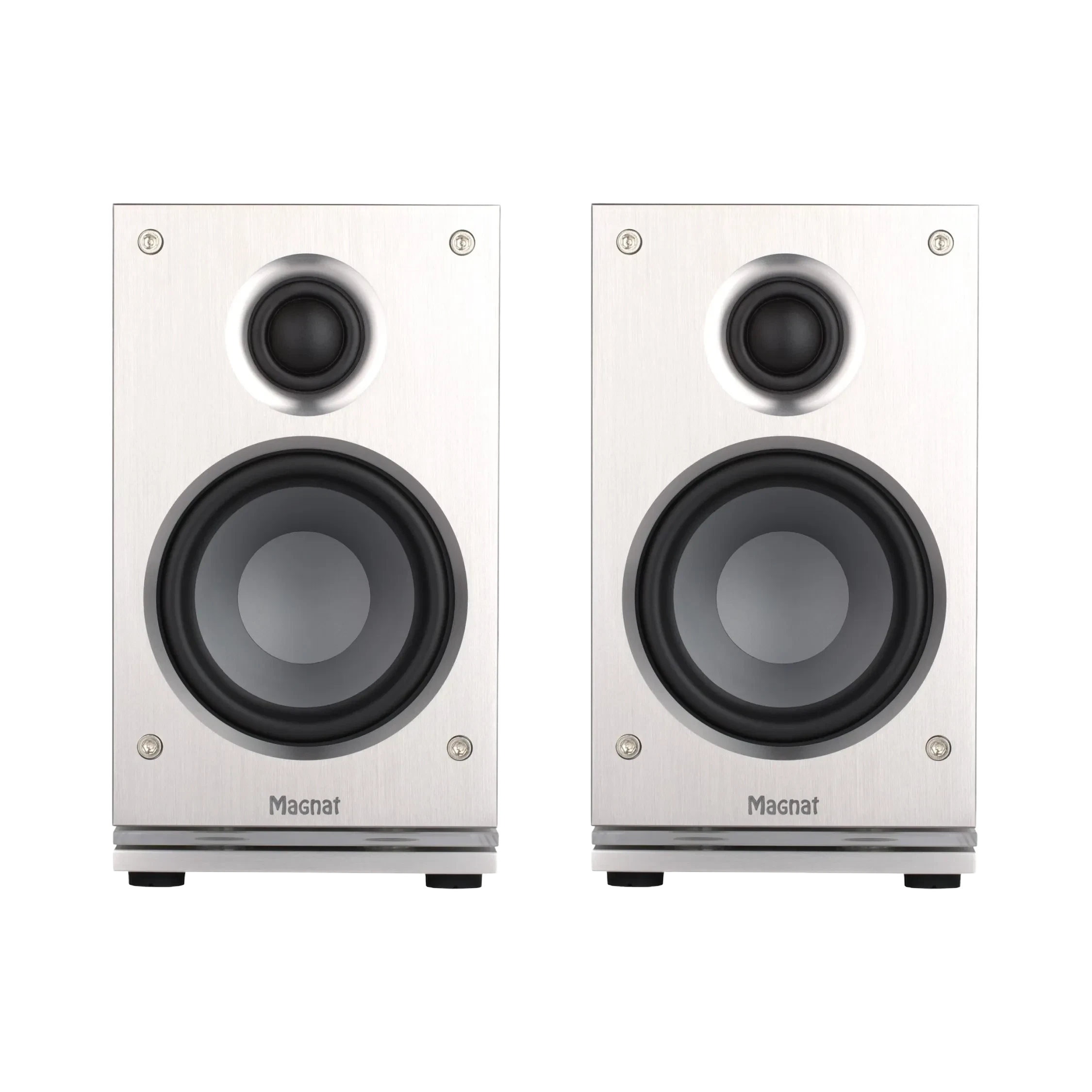
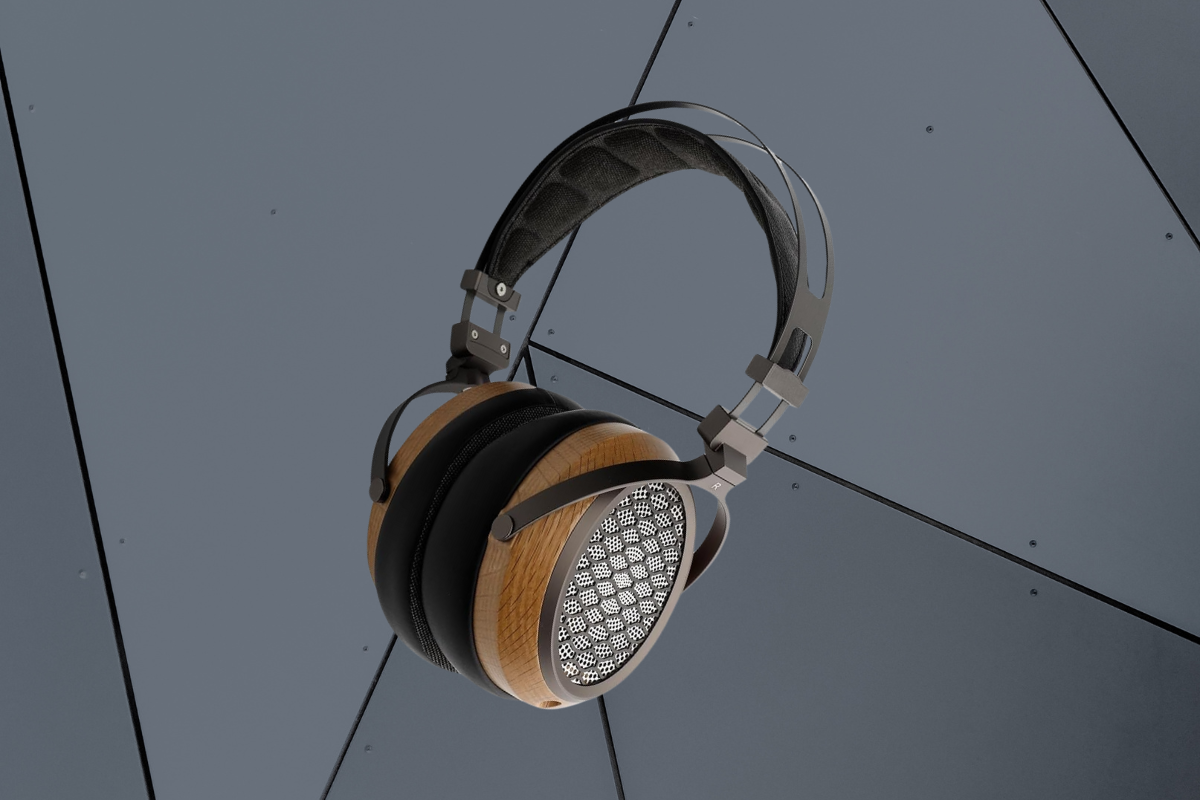

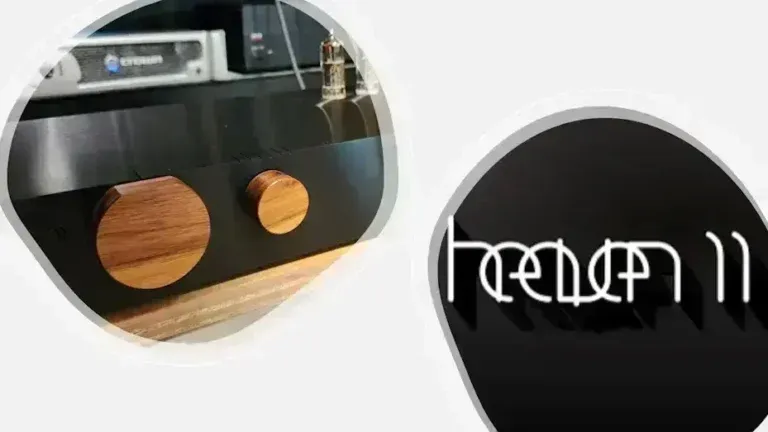
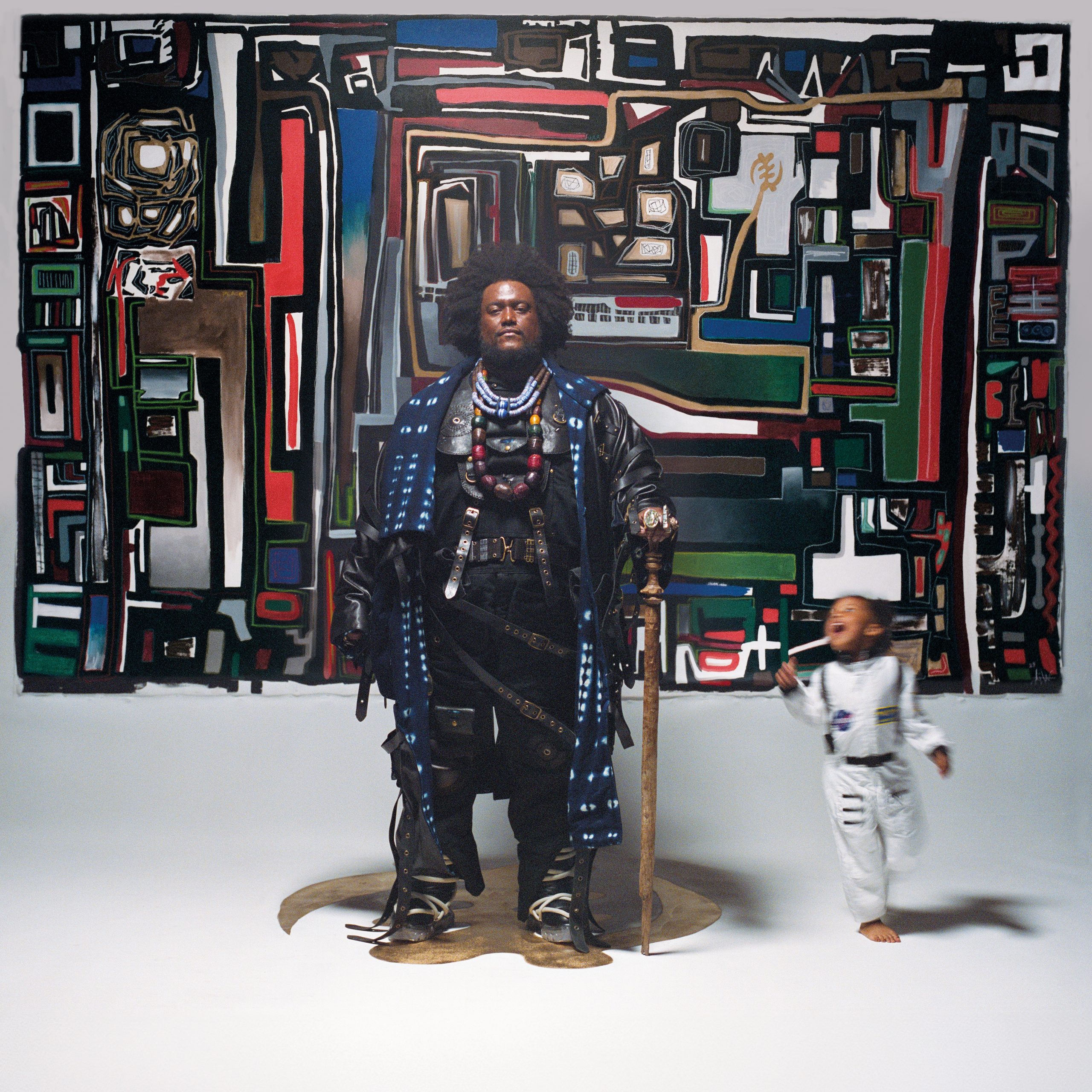
Leave a Reply